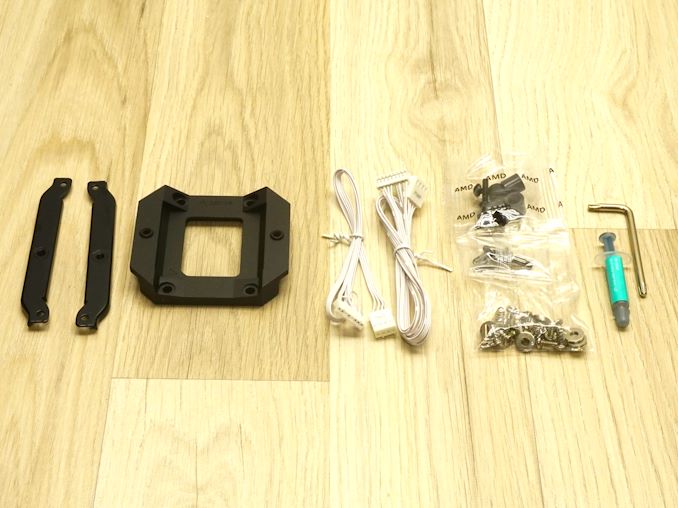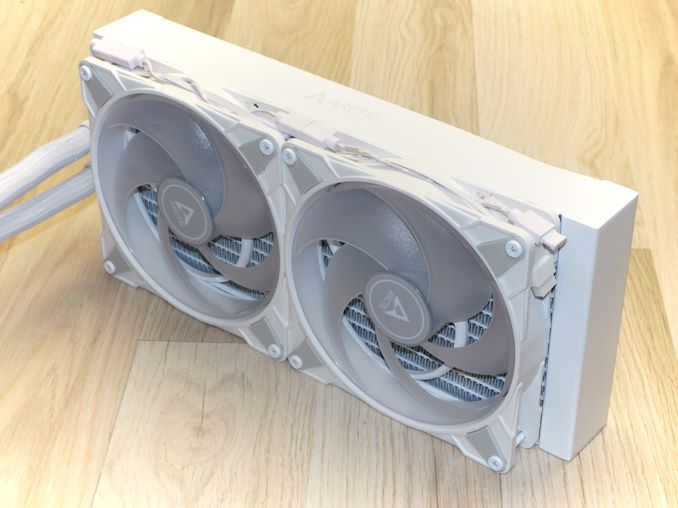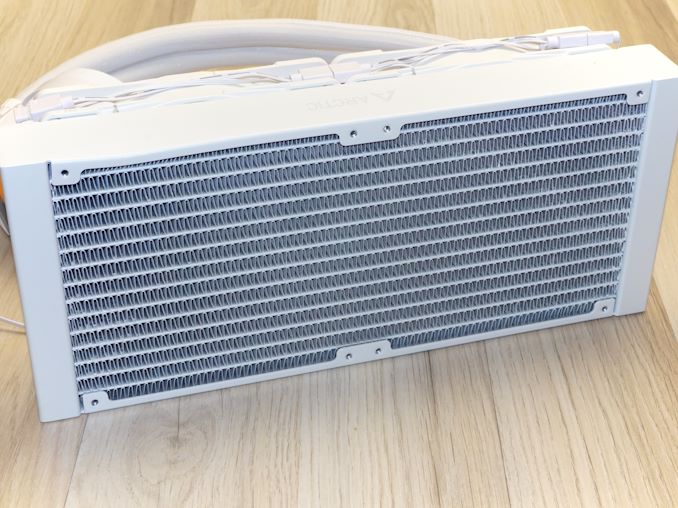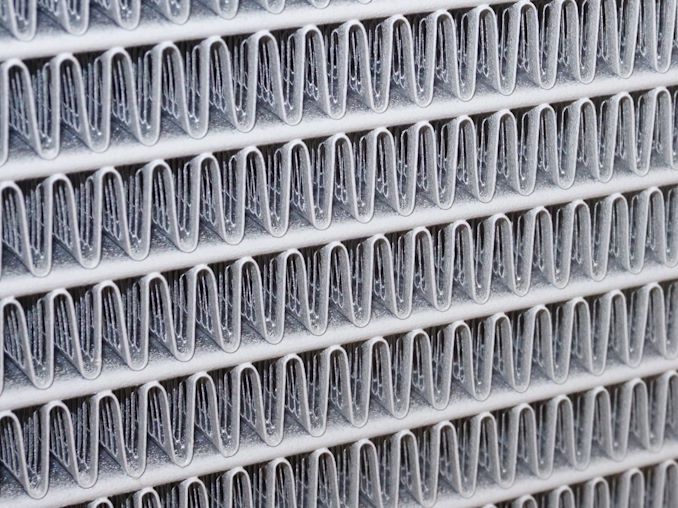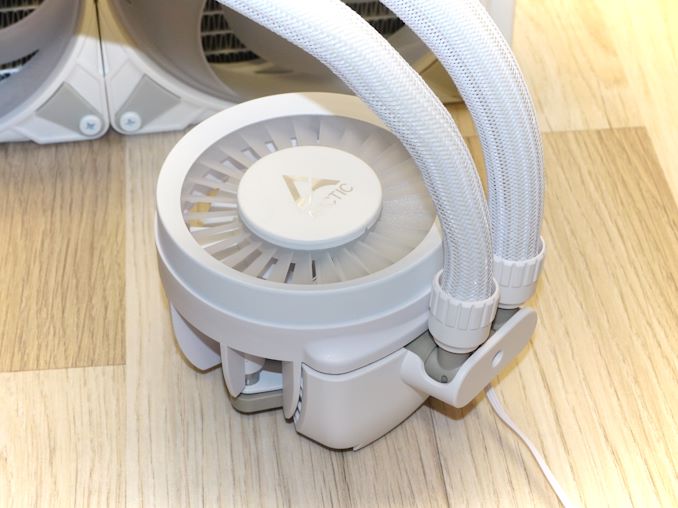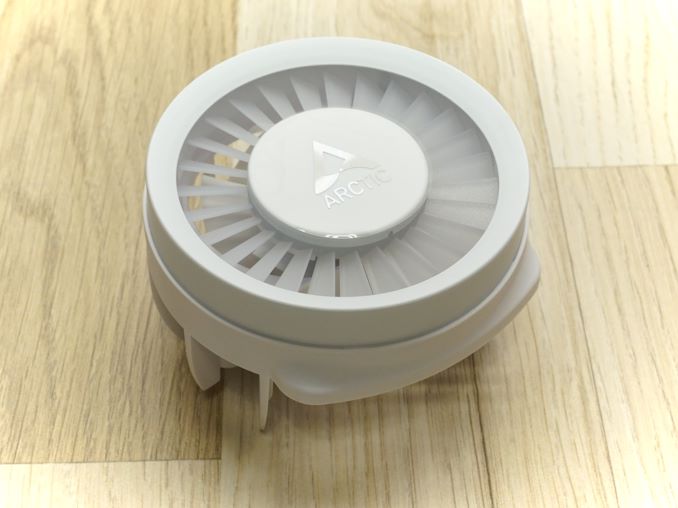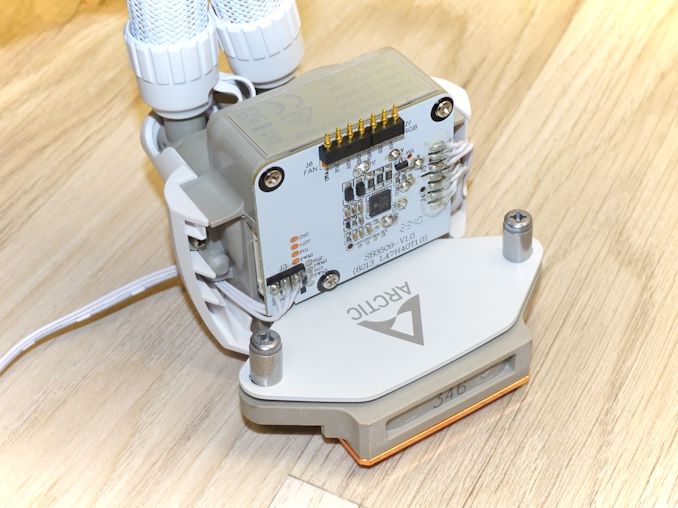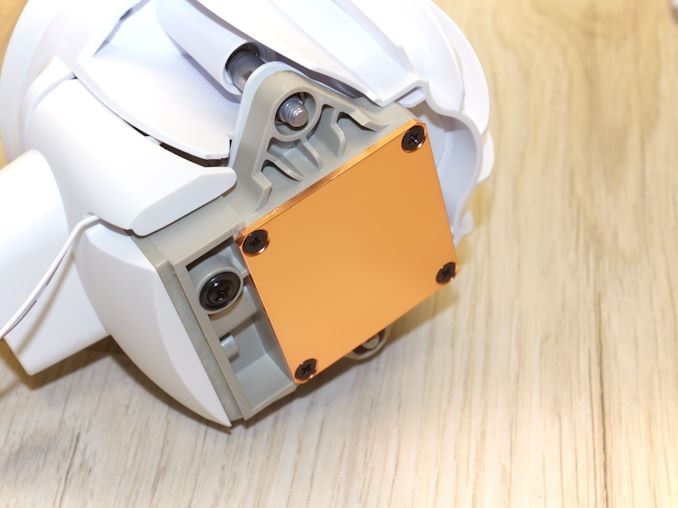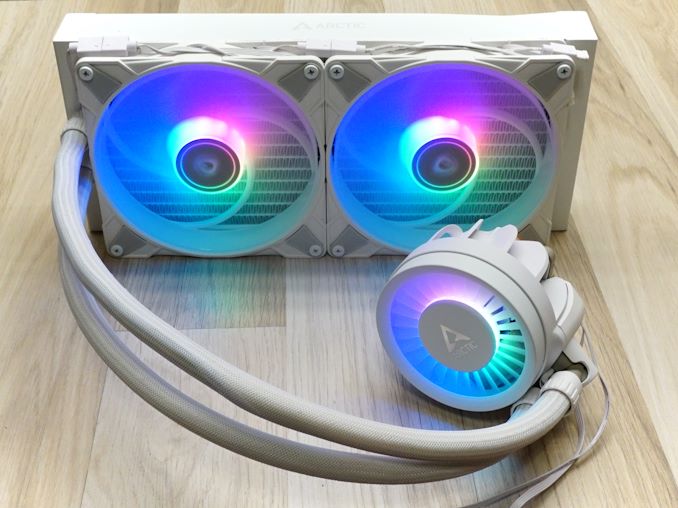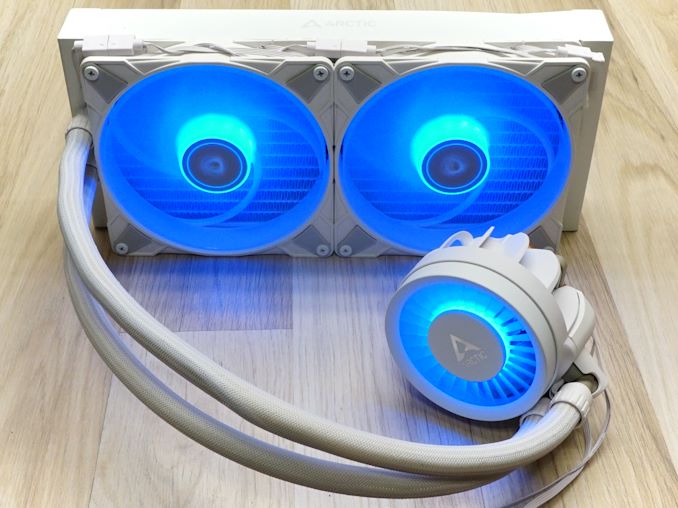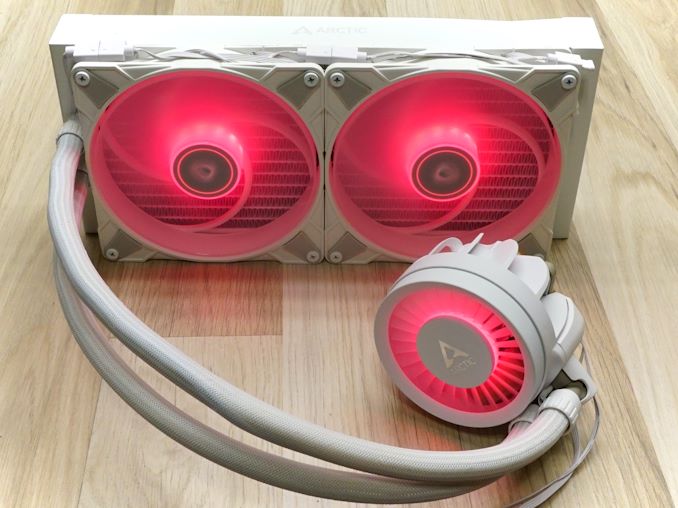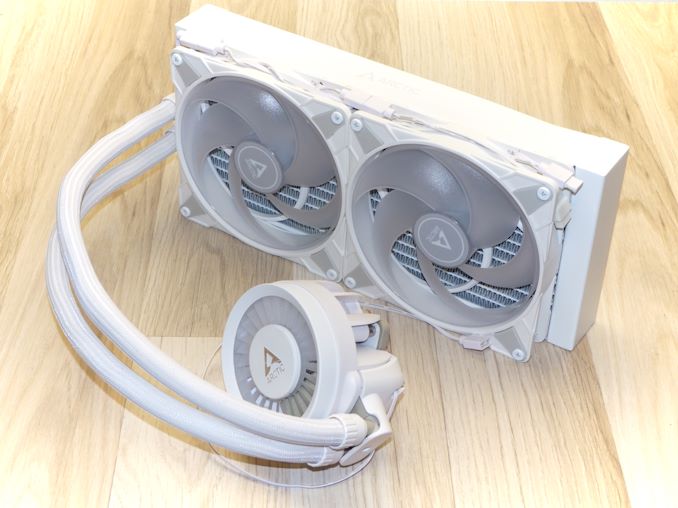
ARCTIC GmbH, originally known as Arctic Cooling, first burst onto the PC cooling scene in 2001 and has since maintained its stature as a leader in cooling technologies. The company made its mark with top-notch thermal compounds and has since kept its focus on cooling solutions while also expanding into other tech accessories, including advanced monitor mounts and audio products.
With the introduction of the Liquid Freezer III series, ARCTIC has taken another significant step forward in the cooling market. This new lineup builds upon the success of the previous Liquid Freezer II series, the great price-to-performance ratio of which made it a highly popular product. Today, we’re delving into ARCTIC’s latest offerings with the Liquid Freezer III series and, specifically, the 280 A-RGB White model. We’ll assess the features, quality, and thermal performance of the AIO (All-In-One) cooler of the series ARCTIC is hoping to dominate the bulk of the mainstream market with.
| ARCTIC Liquid Freezer III 280 mm A-RGB White AIO CPU (ACFRE00151A) Cooler Specifications |
|||
| Type | All-in-One Liquid Cooler | ||
| Dimensions | 317 x 138 x 63 mm (radiator with fan)
42 x 42 mm (coldplate) |
||
| Fans | 2 x 140 mm P14 PST FDB Bearing Fans 1900 RPM (max) |
||
| RGB | Yes (ARGB) | ||
| Supported Sockets | Intel: LGA1700 / LGA1851
AMD: AM5 / AM4 |
||
| Warranty | 6 Years | ||
| Price | $99 (under promo) | ||
Packaging & Bundle
We received the Liquid Freezer III in a typical cardboard box, with custom inserts protecting the cooler during shipping. The artwork on the box is very clean and sophisticated, with a white/black schematic theme. Basic information regarding the cooler and its features can be found on the sides and rear of the box, however, there is a QR code that leads to a very comprehensive digital manual.
ARCTIC kept the bundle as frugal as possible, but they included all of the essentials. Aside from the basic hardware required to mount the cooler, the company provides a unique contact frame for socket LGA1700/LGA1851 processors, a small syringe of MX-6 premium thermal compound that should be enough for a couple of installations, and two different power connectors. One of the connectors allows the precise control of the pump, VRM fan, and radiator fan when connected to three separate motherboard headers, while the other one connects to a single header and all three mechanisms share the same PWM signal. There is no installation leaflet or manual supplied, users will have to find those online. ARCTIC also does not include a LED driver, meaning that the LEDs cannot be used if the motherboard does not have a header for A-RGB LEDs or a third-party controller is present. Note that the Liquid Freezer III is compatible with only socket LGA1700, LGA1851, AM4, and AM5 processors. ARCTIC has ditched compatibility with older sockets, presumably in favor of a slightly lower retail price.
The ARCTIC Liquid Freezer III 280 A-RGB White AIO Cooler
The Liquid Freezer III series is available in four sizes (240-, 360-, 280-, and 420-mm radiators), with each size available in three colors (Black with no LEDs, Black with A-RGB LEDs, and White with A-RGB LEDs). ARCTIC supplied us with the A-RGB White version of the Liquid Freezer III 280 mm cooler for this review.
At first glance, the Liquid Freezer III 280 mm cooler bears a resemblance to most other AIO coolers available, with a standard configuration of a single radiator, two hoses, and a main block that combines the CPU contact plate and the liquid pump. However, the major differences between it and the bulk of the available coolers quickly become apparent. First and foremost, everything about the cooler is white and there are virtually no loose cables, making the design exceptionally neat and visually appealing. ARCTIC’s engineers passed the fan wires from the inside of the tubing’s sleeving, a clever tactic that we first encountered on our recent look on Corsair’s iCUE LINK H150i RGB AIO cooler. The difference here is that, unlike Corsair, ARCTIC kept the standard power and LED connectors, which does make the fan cables visible around their frame, but also allows the users to replace these fans with anything available in the market should they wish to.
The radiator is perhaps the highlight of the Liquid Freezer III coolers, with ARCTIC opting for a 38 mm thick radiator. This could be the source of compatibility woes, especially with older and/or smaller cases, as the completed cooler requires a clearance of at least 65 mm to be installed, but also increases the heat exchange surface area greatly.
In terms of design, the radiator adheres to the standard dual pass cross-flow configuration, featuring tiny fins soldered onto thin oblong tubes, a common design trait shared by the majority of AIO cooler radiators. A very close look at the fins reveals that they are serrated, a tactic that sacrifices heat exchange area in favor of airflow dynamics and typically works well with larger radiators. Regardless of the serrated fins, ARCTIC is employing their P-series fans, which are high pressure designs that employ very few and wide blades. The company logo is subtly etched across the sides of the radiator.
The main block assembly of the Liquid Freezer III coolers is significantly different than that of most other designs. It is significantly larger than most and not because of an oversized pump or large contact area, but because it includes a small fan for cooling the VRM heatsinks around the CPU socket. Note that the fan is not the tiny blades seen at the top of the block – these are ornamental only – but a narrow and tall plastic impeller hidden underneath it.
The top half of the block that hosts the VRM fan and the RGB LEDs is magnetically attached and can be removed effortlessly by simply pulling it off. This reveals the basic electronics of the block, allowing the insertion of the power cable to the right. Note that the power cable needs to be routed from underneath the plastic cover, from where the LED cable exits the block as well, otherwise the top cover will not fit. We can see that almost the entirety of the block, with the sole exception being the copper contact plate and metallic retention parts, is made of plastic. This includes even the fittings of the coolant hoses.
A very small copper contact plate can be found at the bottom of the cooler, held in place with four screws. The surface of the plate is very well polished and perfectly flat, ensuring great contact with the processor’s shim. The contact area is very small, barely over 40 by 40 mm.
The RGB lighting application on the Liquid Freezer III is good. LEDs are installed in the hubs of the fans, lighting their opaque blades. ARCTIC is using the same opaque material for the faux blades at the top of the CPU block cover, trying to mimic the same lighting effect. The issue here is that the faux blades, unlike the real blades of the fans, do not spin when the cooler is powered. The final outcome is not the best that could be but is aesthetically pleasing.

